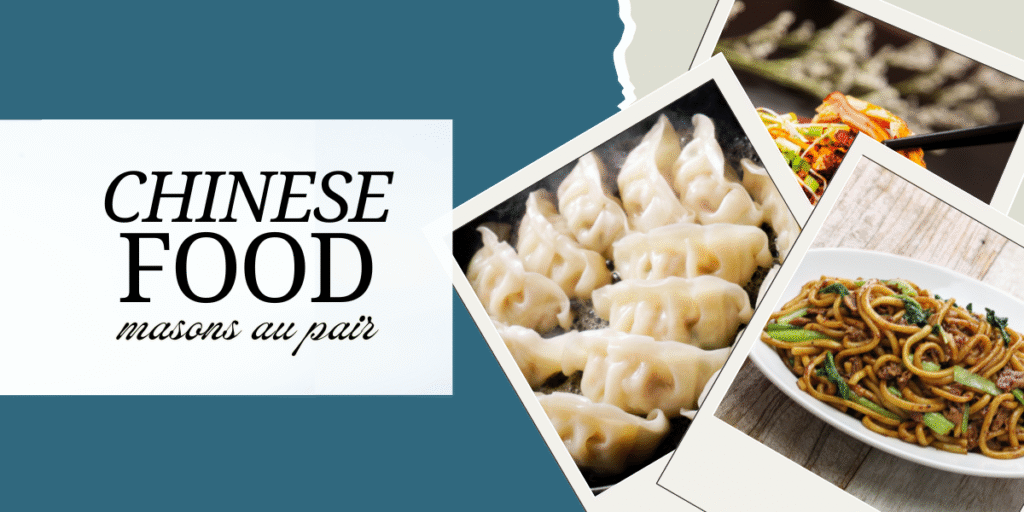Chinese food is one of the most beloved and globally influential cuisines. With over 5,000 years of history and a dazzling variety of flavors, Chinese cuisine is a rich tapestry of culture, ingredients, and techniques. From spicy Sichuan stir-fries to delicate Cantonese dim sum, Chinese dishes offer a culinary adventure for every taste bud.
In this full guide, we explore the best Chinese food dishes, their regional origins, cooking methods, and the traditions behind them. Whether you're planning to travel to China or just want to explore authentic flavors at home, this article is packed with everything you need to know about Chinese cuisine, from famous dishes to symbolic ingredients, seasonal celebrations, and dining etiquette.
Top 10 Must-Try Chinese Dishes
Let’s dive into the most iconic Chinese foods that have captured hearts—and stomachs—worldwide:
- Peking Duck (北京烤鸭): Crispy skin and tender meat, often served with pancakes, hoisin sauce, and scallions. A Beijing classic loved globally for its flavor and elegance.
- Mapo Tofu (麻婆豆腐): A fiery Sichuan dish made with tofu, minced meat, and a spicy chili-bean sauce. Known for its numbing heat and deep umami taste.
- Kung Pao Chicken (宫保鸡丁): A savory and slightly sweet stir-fry made with chicken, peanuts, vegetables, and chili peppers. A staple in Sichuan cuisine that has been adapted worldwide.
- Xiao Long Bao (小笼包): Soup dumplings from Shanghai, bursting with savory broth and pork or crab meat. A must-try in any Chinese dim sum meal.
- Sweet and Sour Pork (糖醋里脊): Deep-fried pork tossed in a bright red sauce made from vinegar and sugar—an international favorite with a perfect balance of tangy and sweet.
- Chow Mein (炒面): Stir-fried noodles with meat and vegetables, popular in both northern and southern regions. A satisfying comfort food across generations.
- Hot Pot (火锅): A social meal where diners cook meat, veggies, and tofu in simmering broth at the table—famous in Sichuan and Chongqing but enjoyed all across China.
- Dim Sum (点心): A Cantonese brunch of bite-sized delicacies such as shrimp dumplings, buns, and rice rolls. A unique culinary tradition emphasizing variety and craftsmanship.
- Spring Rolls (春卷): Crispy rolls filled with vegetables and sometimes meat, commonly eaten during Spring Festival to symbolize wealth and new beginnings.
- Beef Noodle Soup (牛肉面): A hearty bowl of noodles in a rich beef broth, especially beloved in Taiwan and Lanzhou. Known for its depth and comforting warmth.
Understanding Regional Chinese Cuisines
China’s culinary diversity is often categorized into the Eight Great Traditions of Chinese cuisine, each with its unique cooking methods, signature ingredients, and cultural origins:
- Sichuan Cuisine (川菜): Known for its bold, spicy, and numbing flavors using chili peppers and Sichuan peppercorn. Signature dishes include Hot Pot and Mapo Tofu.
- Cantonese Cuisine (粤菜): Focuses on freshness and light seasoning. Famous for dim sum, roasted meats, and steamed seafood.
- Shandong Cuisine (鲁菜): Features salty, crispy, and aromatic flavors. Common ingredients include seafood, onions, and vinegar.
- Jiangsu Cuisine (苏菜): Offers refined dishes with moderate sweetness. Emphasizes soup-making and braising techniques.
- Fujian Cuisine (闽菜): Rich in soups and broths, known for using fermented ingredients and umami-heavy profiles.
- Zhejiang Cuisine (浙菜): Elegant and mellow with seasonal produce. Famous for West Lake Vinegar Fish and bamboo shoots.
- Anhui Cuisine (徽菜): Rooted in mountain cooking, using wild herbs and long stews. Highlights include braised turtle and ham.
- Hunan Cuisine (湘菜): Features bold, spicy, and sour flavors. Signature dishes include Chairman Mao’s Red-Braised Pork and chili pepper stir-fries.
Chinese Food Culture and Traditions
Food in China is more than just nourishment—it’s a central part of celebrations, daily life, and social connection. Meals are shared family-style, emphasizing community and balance. Symbolism plays a huge role in ingredient selection and presentation:
- Fish (鱼): Symbol of abundance and surplus.
- Noodles (面条): Long life and longevity, especially at birthdays.
- Dumplings (饺子): Prosperity and family unity.
- Eggs: Symbol of fertility and new beginnings.
- Glutinous rice cakes (年糕): Promotion and growth in the new year.
During Chinese New Year, Mid-Autumn Festival, and other key holidays, food takes center stage. Mooncakes, sticky rice dumplings (zongzi), and whole steamed fish are just a few of the many holiday favorites passed down through generations.
Where to Eat Authentic Chinese Food
For the most authentic experience, visit local food stalls, traditional markets, and family-owned restaurants across cities and rural towns in China. You can also experience daily Chinese cuisine firsthand by joining a Chinese host family and sharing their meals. Understanding Mandarin through language classes also helps with ordering food and appreciating culinary traditions.
Final Thoughts
From street food to imperial cuisine, Chinese food is a vibrant expression of history, geography, and family traditions. Its diversity and symbolic richness continue to fascinate and delight food lovers around the world. Whether you're savoring dumplings in Chengdu or cooking stir-fry at home, Chinese food connects people across cultures.

